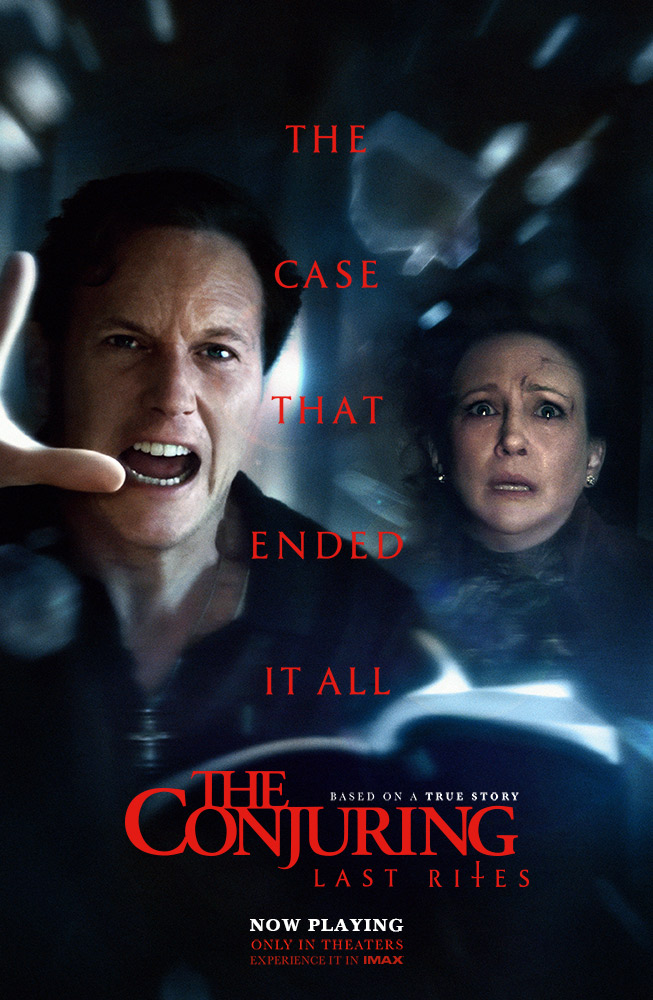November 15, 2024/Midnight
Erie, Pa.,-– In an era when Ozempic is the go–to magic solution to achieve a dream body instantly without going through painful surgeries, The Substance arrives as a profound wake–up call.
The Substance is a satirical body horror film written, directed, co–edited, and co–produced by Coralie Fargeat. The movie follows Elisabeth Sparkle (played by Demi Moore), a fading celebrity who got kicked off her long–running aerobics TV show by the producer, Harvey (played by Denis Quaid), for being too old. In a panic and desperate to reclaim her former glory, Sparkle turns to a black–market serum called ‘The Substance’. Sparkle soon finds a way to triumph again, with the help of the serum, in the form of Sue.
The serum creates a younger version of herself, Sue (played by Margaret Qualley). The two bodies must switch consciousness every seven days without exception, with the inactive body remaining unconscious and nourished intravenously with a weekly food supply. Daily injections of a stabilizer fluid extracted from the original body are necessary to prevent the active body from deteriorating. Despite sharing a consciousness, Elisabeth and Sue soon begin to despise each other, leading to a tragic ending.
Throughout the film, several symbolic elements underscore Hollywood’s absurd obsession with women’s physical appearance. Sparkle‘s mental stability is shattered by Harvey, an over–the–top man with no sense of mannerisms. In one scene, Harvey casually tells her, “After 50, it stops,” while munching on mayonnaise–coated shrimp. From Harvey’s perspective, aging women are no longer valuable because they have nothing left for him to exploit.
Sparkle is surrounded by mirrors that constantly remind her about her past glory days. Mirrors are placed throughout her apartment, on polished doorknobs, in hallway pictures, and even in a giant portrait in her house. Even in the most intimate spaces, she is relentlessly confronted by reflections of her youthful past, which slowly drives her to madness.
The film is full of grotesque images of bodies being distorted and drenched in blood. While it plays with the concept of mind–body dualism, the logic of the film functions more as a metaphor than a literal critique. The central question is how Sue and Elisabeth, despite sharing a consciousness, can act as two distinct individuals with different motivations and desires.
Despite this logical flaw, what the movie does best may lie in how it presents the obsession with women’s bodies. In one scene, the camera blatantly objectifies Sue, slowly scanning her from head to toe under the harsh, glossy lights of the studio set. The shot carries on, creating an uncomfortable tension that is clearly intentional. The exaggerated nature of the scene turns it into satire, using this discomfort to remind us of how the media has shaped and influenced our perceptions of an ideal body.
In the end, the film’s main message might not be about the pursuit of the perfect body, but about how we, as media consumers, have been conditioned to worship and reflect ourselves through those bodies. Just like the mirror in Elisabeth’s bathroom, the film reveals our unconscious biases toward beauty standards and the absurd fear of the natural aging process. This brings us back to the current moment, where social media constantly perpetuates unrealistic beauty standards while selling the idea of eternal youth. Suddenly, The Substance makes the mirror appear far more sinister, reflecting everything that lurks beneath our consciousness.









